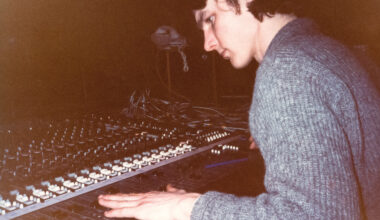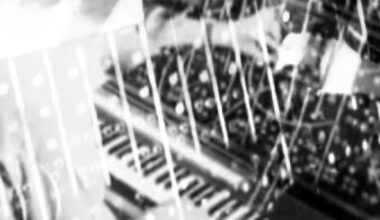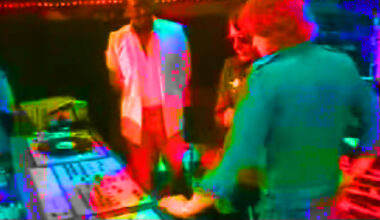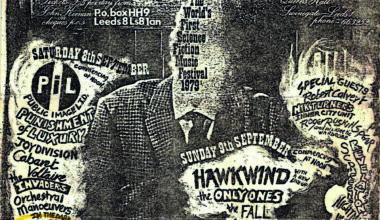As the boss of Independent Project Records & Press, Bruce Licher has released some brilliant albums and designed the sleeves of every single one of them, as well as producing countless postage stamps and the occasional flag
Want to read more?
Sign up to Electronic Sound Premium to gain access to every post, video, special offers, and more. 100%, all you can eat, no commitment, cancel any time.
Already a premium member? Log in here





